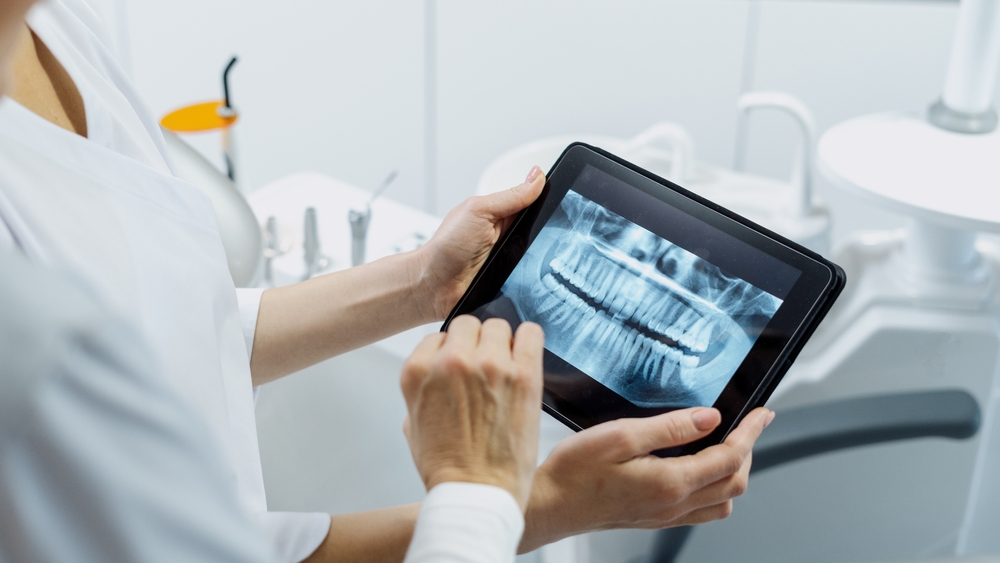Orthodontics is an area of healthcare that relies on accuracy to get the best results for patients. Modern technology now allows orthodontists to get an accurate picture of patients’ dental issues and create treatment plans that are more effective. In this article, we’ll explore some popular orthodontic technology and discuss the benefits they bring to orthodontists and their patients alike. So, let’s take a closer look!
Digital X-rays
Digital X-rays transfer an image straight to a computer, allowing orthodontists to access information much more quickly than with traditional X-rays. The images are often clearer than traditional X-rays, which means orthodontists get a better view of the structure of the teeth.
Because they can be viewed on a computer, orthodontists can look at an image from different angles. This means they can get a better understanding of a patient’s anatomy. Overall, this helps orthodontists to create better treatment plans for their patients.
3D Imaging and Printing
3D imaging produces a 3D view of the oral structures of the face. Having access to such in-depth information means orthodontists can look at patients’ teeth in more detail. This gives them more opportunity to create a precise treatment plan, especially for people with tooth alignment issues.
By using these advanced visuals, an orthodontist can predict the outcomes of treatments with greater accuracy, as well as help patients understand their issues and get the best outcomes.
Technology such as 3D printing is also proving beneficial in orthodontics. This allows orthodontists to print accurate 3D models from digital images, for example, the structure of a patient’s teeth. By doing so, they can then create clear aligners and other treatments with more precision.
Intraoral Scanners
For many years, molds have traditionally been used to take impressions of a person’s teeth and gums. Now, the use of intraoral scanners has made the process much quicker.
Intraoral scanners are used to produce accurate digital impressions, which means orthodontists can produce better-fitting orthodontic options for their patients. Scanners can quickly capture the details without the need for impression materials, which can be messy to use. It is also more comfortable for patients who no longer need to hold molds in their mouths while impressions are being taken.
The Benefits of Technology for Orthodontic Processes
Using technology in orthodontics has many benefits, including enhancing treatment for both orthodontists and their patients.
The speed of getting accurate images and the reduced need for physical molds allow for shorter appointment times, efficient treatments, and predictable results. It also contributes to more effective orthodontic care.
In addition to technology, orthodontic software is also helping to improve how orthodontic professionals approach oral health. For example, the digitization of dental records means information can easily be shared between practitioners, improving collaboration. This comprehensive approach makes diagnosis and treatment more efficient, and it also improves the patient experience.
As new technology in orthodontics continues to advance, both orthodontists and their patients can enjoy a better journey to good oral health. For more advice on using technology as part of your orthodontic care, contact our expert orthodontic team in Carlsbad today.


